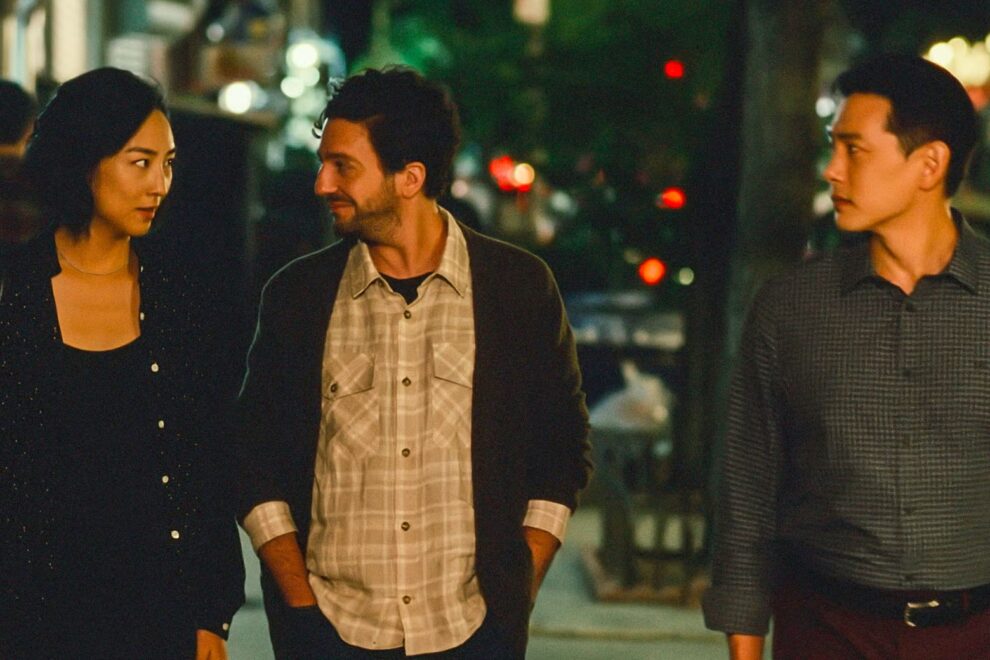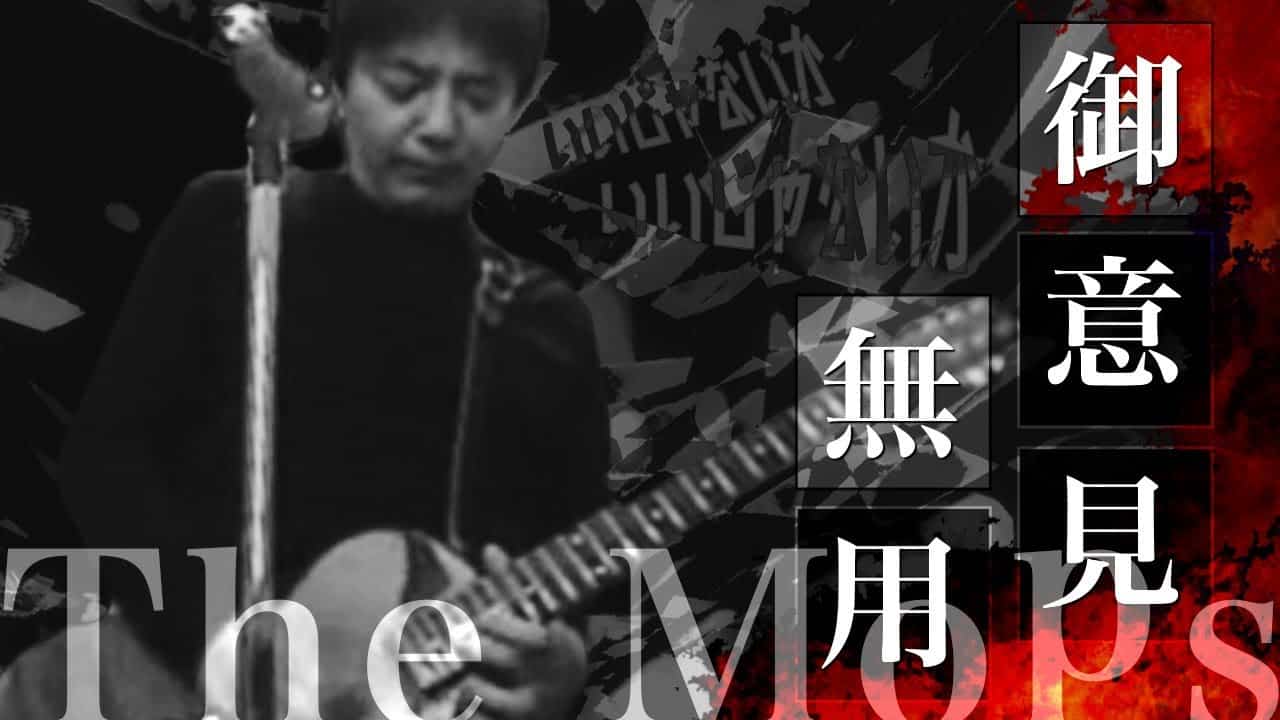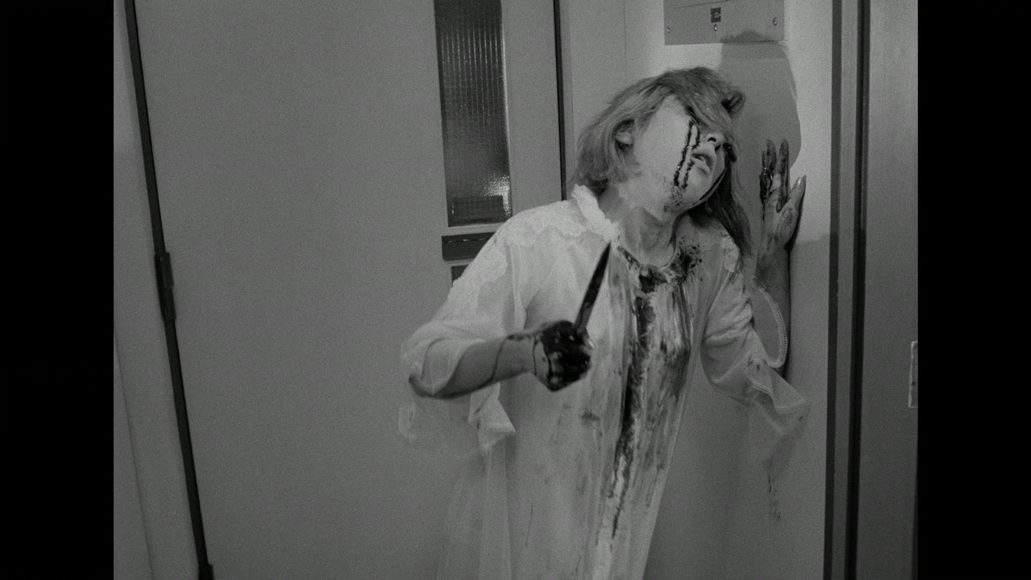2023 was a weird year for Asian cinema. Although the “usual” Japanese masters were here once more (Miyazaki, Koreeda, Hamaguchi), the Korean movie industry seems to have taken a significant step back in the absence of any work from their own big names, while the creative powers that have been boiling for some time in ASEAN countries and South-West Asia in general seem to be erupting at the moment, in, perhaps, a sign that the epicenter of Asian cinema might be changing soon. Apart from this, Iran, Taiwan and mainland China continued on the same path of quality, Hong Kong seems to find a new way with social/family dramas, while the biggest surprise seems to come from Sri Lanka, with the country producing a number of truly great films this year. Lastly, the progress of the diaspora films and particularly Asian-American ones continues, with “Past Lives” being a worthy successor to “Minari”
It is also worth mentioning that the presentation of Asian movies in festivals, distribution and home media increased exponentially once more year, which is also the reason why our vote, this time, included more titles than usual. As always though, the focus on diversity remained, with the list highlighting films from the Philippines, Japan, Sri Lanka, China, India, Iran, S. Korea, Singapore, Hong Kong, Malaysia, Taiwan, and a number of co-productions, and shorts, documentaries, anime and animation, dramas, thrillers, horror, comedy etc.
Without further ado, here are the best Asian movies of 2023, in reverse order.
30. The Missing by Carl Joseph E. Papa (Philippines)
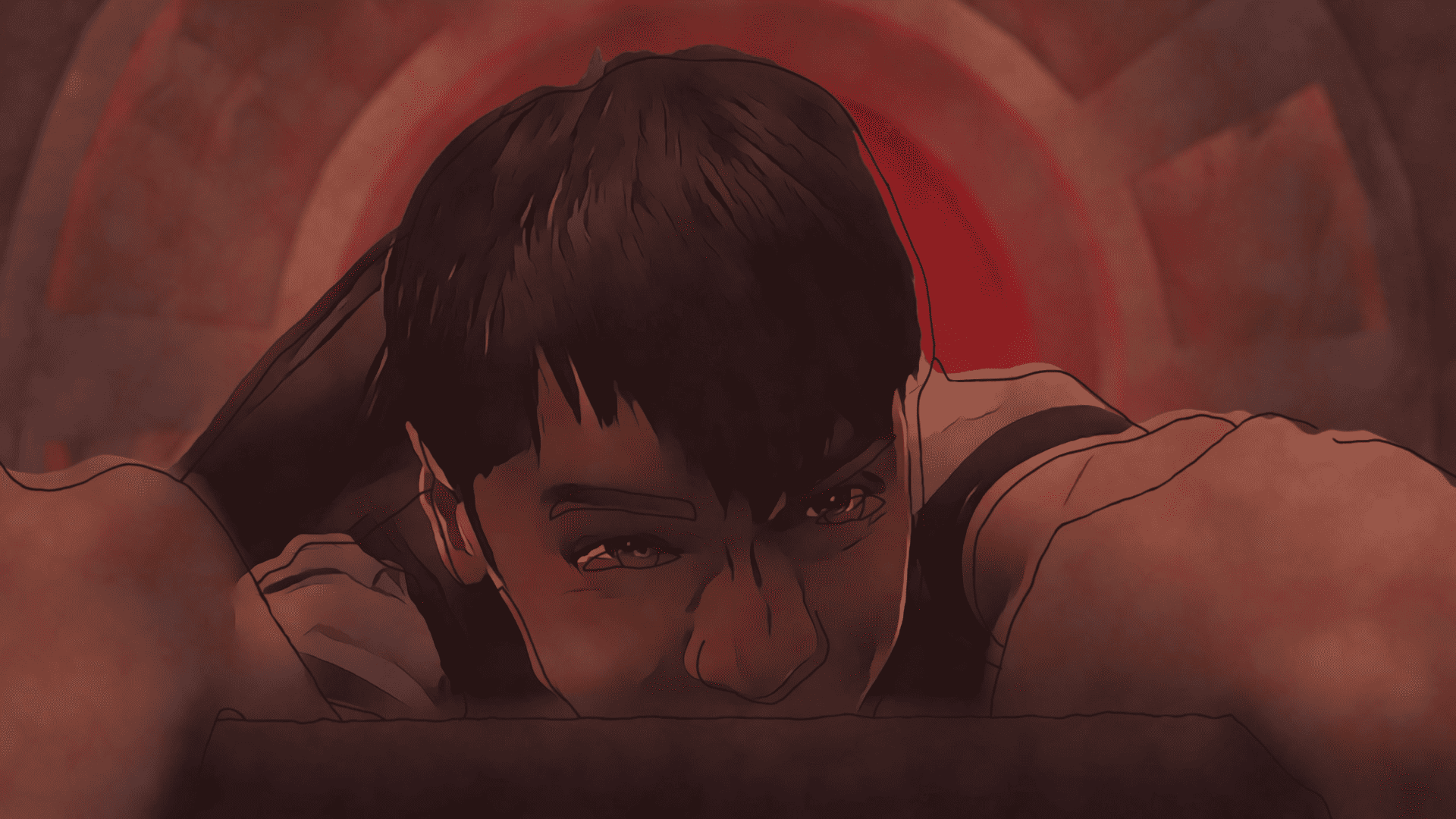
Carl Joseph E. Papa manages to come up with an animation that combines intricate technique with intense contextual depth and a directorial approach that presents the story in the most captivating fashion. Particularly the concepts of the mouthless young man and the presence of the alien, as much as the rest of the supernatural events that take place in the movie eventually come together in the most shocking and meaningful fashion, in a true testament to the directorial abilities of the filmmaker. (Panos Kotzathanasis)
29. Ripples by Naoko Ogigami (Japan)

Water, and the symbolism that arises from its inherent qualities, like its clarity and its calm and still surface, is widely utilised in “Ripples”, in many occasions. The most apparent is linked to the cult-like religion which Yoriko is devoted to. In Buddhism, water is used as a metaphor for the path to enlightenment and, just as purifying water, the Ryokumei-kai water aims to cleanse the mind of impurities, helped – of course – by generous money donations. But above all, as the devotees chant in their dancing routine, the holy water helps them to overcome fear, hence the popularity of these cult-like religions in the aftermath of tragic events. Yoriko has stashed under a dead calm surface her fear and rage for being left alone in the middle of the disaster, struggling to stay afloat as financial pressures and family misfortunes came to bear. However, this is a fragile and unstable composure, which is easily deranged by any unpredicted events. (Adriana Rosati)
28. Whispering Mountains by Jagath Manuwarna (Sri Lanka)
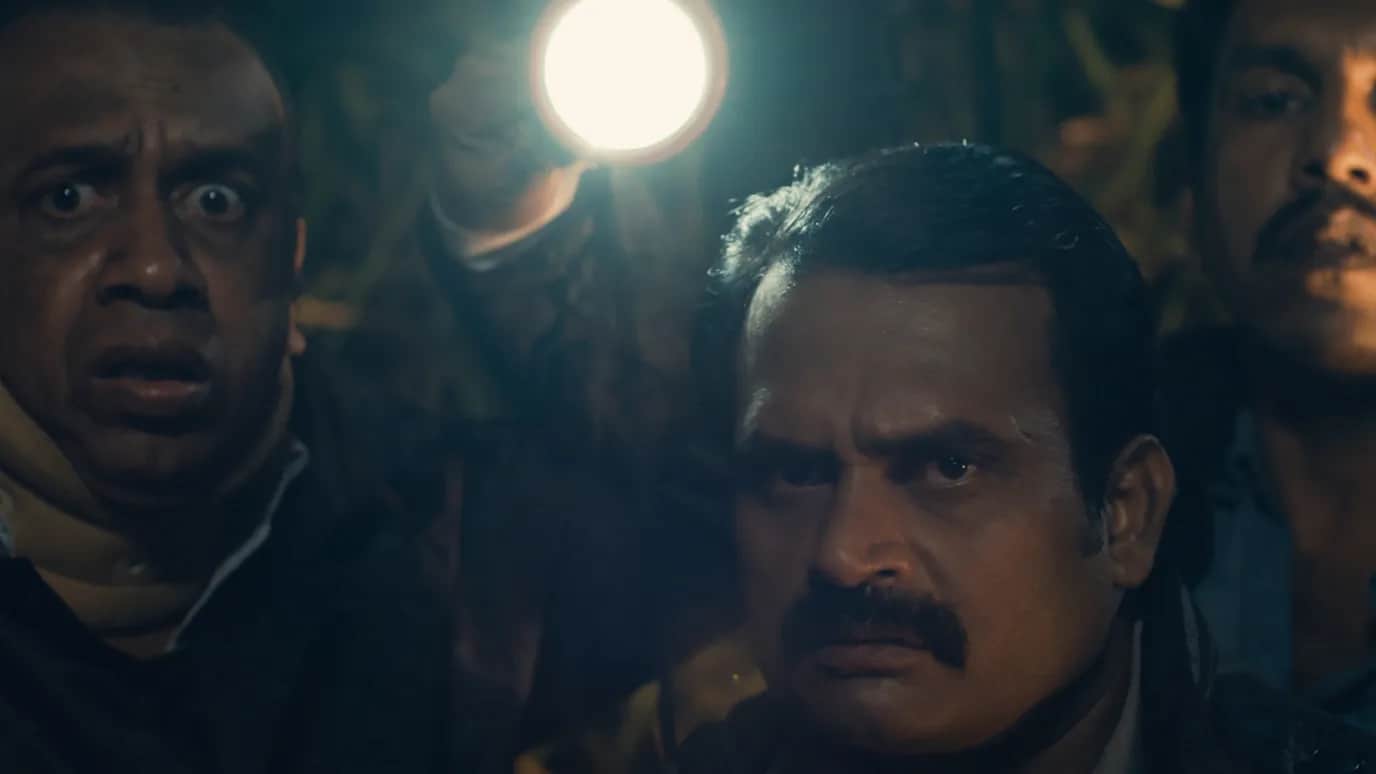
Jagath Manuwarna directs a film that aims at showing the ridiculousness of the government's tactics, and to highlight how their violent ways have impacted the country, with this part being the main source of drama in the movie. In that fashion, the ironic and humoristic scenes, which aim at showing the absurdity of the government forces and of the religious “leaders” that accompany them, are followed by scenes of intense violence, whose depiction occasionally becomes shocking. At the same time, another axis, of a grieving father waiting for his son and finding his only solace in the bottle, moves in between the two aforementioned, also in its placement within the narrative, in an aspect that highlights the rather intelligent directorial approach of Manuwarna. (Panos Kotzathanasis)
27. The Shadowless Tower by Zhang Lu (China)
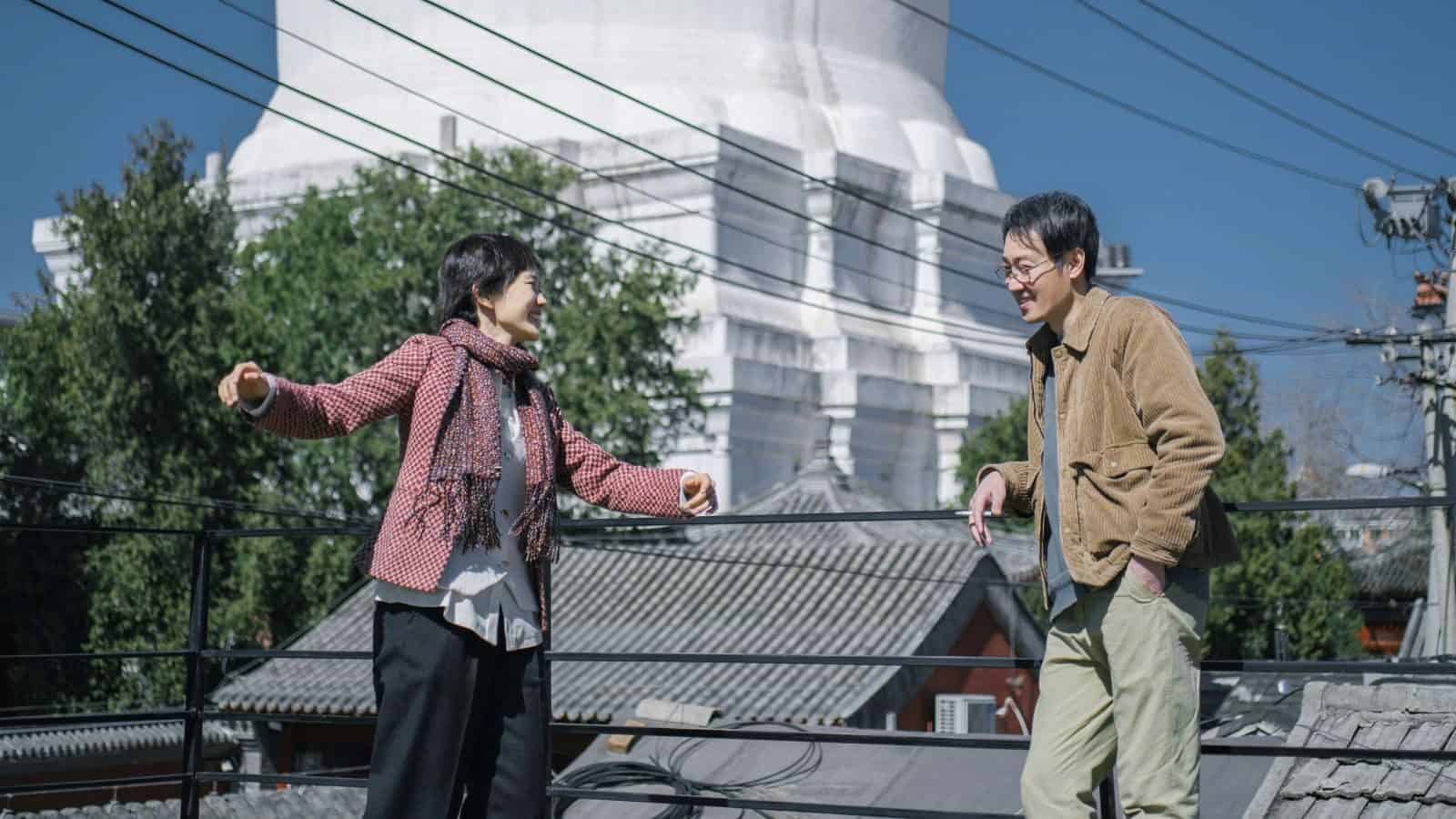
Probably the most interesting aspect of Zhang Lu's direction is the way he builds his many and varying comments into a compact story revolving around the protagonist, with brief scenes here and there becoming additional points of focus, as much as turning points for the whole story. Probably the most central one concerns the question of whether we are destined to become like our parents, with the director “playing” with the concept throughout the movie, presenting instances of Gu Wentong and his father, that seem to give a definite answer to the question, with the final one being the most evident of this approach. Liu Xinzhu's editing finds its apogee in these sequences, in an overall competent job that manages to retain a steady pace throughout the film, without breaking the rather slow-burning tempo at the least. (Panos Kotzathanasis)
26. Call Me Chihiro by Rikiya Imaizumi (Japan)
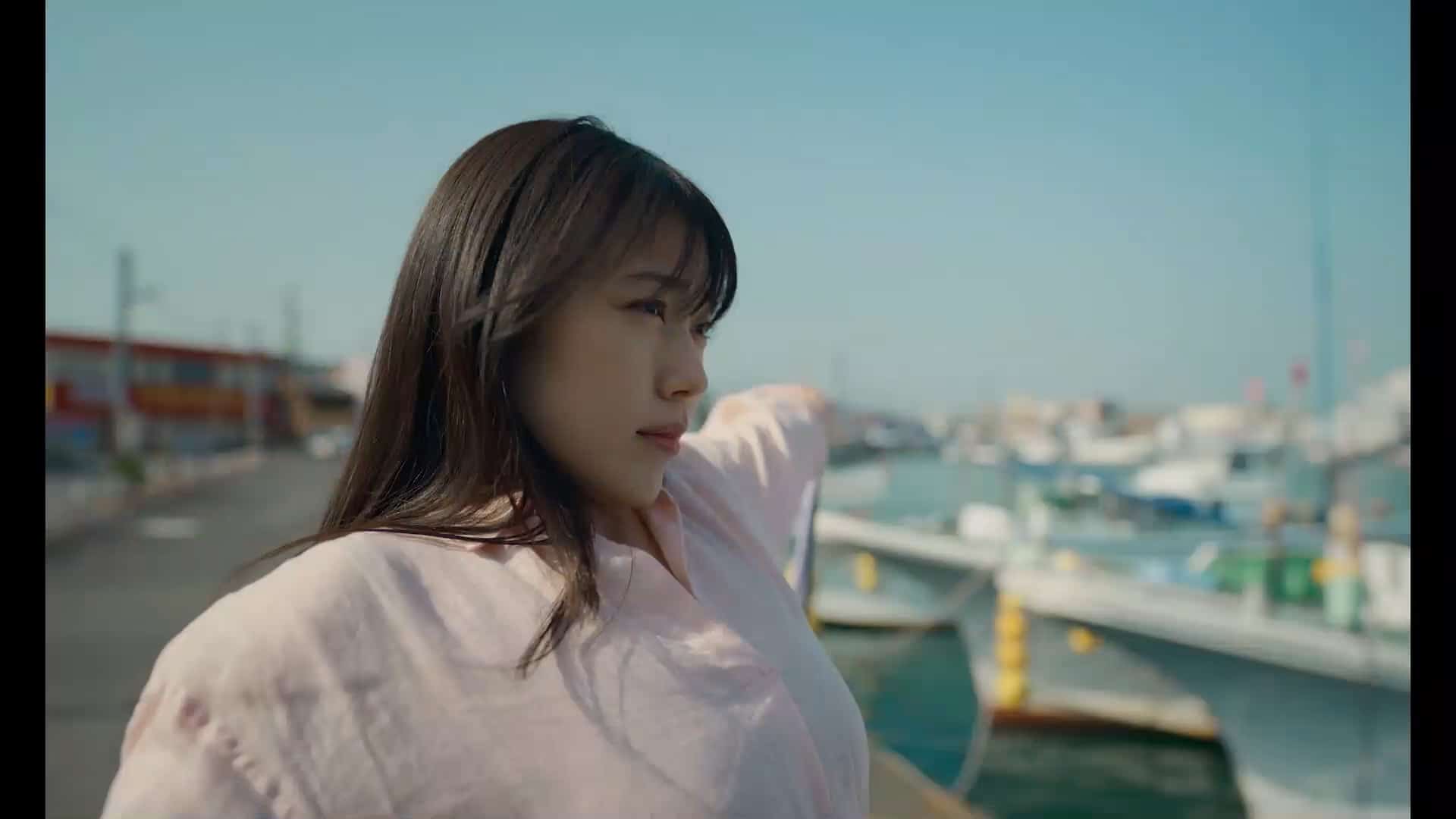
Rikiya Imaizumi directs a very tender movie, which uses Chihiro and the people she meets in order to make a number of sociophilosophical comments. The most evident one is about family, and how ones can be formed by people with no blood ties whatsoever, as much as how actual families can be a burden. Apart from this, a number of things impress in the narrative here. To begin with, although the structure is definitely episodic, Imaizumi succeeds in presenting a wholesome story, with Chihiro, the town, and eventually how all the characters come together, being the glue that connects the many different stories appearing in the film. (Panos Kotzathanasis)
25. Which Colour? by Shahrukhkhan Chavada (India)

In a vein akin to classic neorealist cinema, Razzak's one-day struggle encapsulates his entire life's challenges. Through his encounters with possible moneylenders, the viewer slowly begins to piece together the precarious economic landscape of the community. The focus on mundanity, inspired by director's fascination with Abbas Kiarostami's and Lav Diaz's filmographies, further reinforces this storytelling strategy. Thanks to the repeated gestures and daily routines, the viewer fully begins to understand the film's characters. (Olek Mlynski)
24. Art College 1994 by Liu Jian (China)
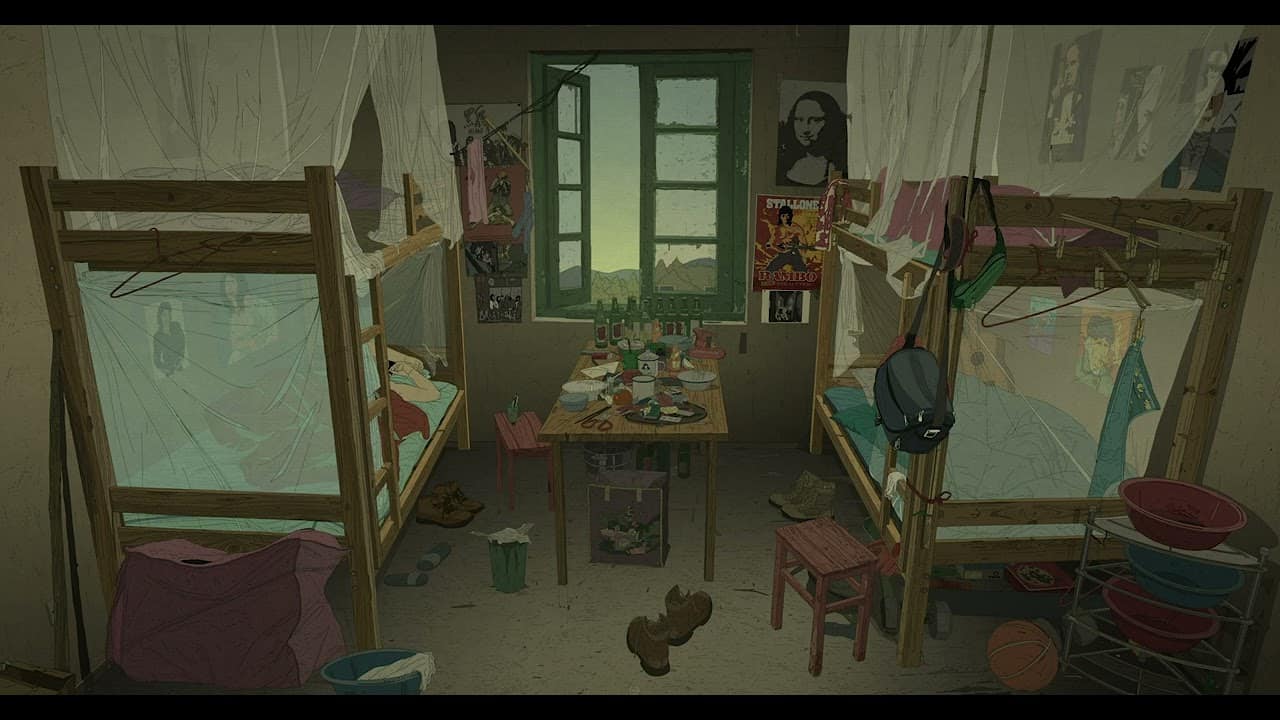
No doubt, there is something autobiographical in lead Xiaojun, reflecting Liu's time at art college in the early Nineties, and he captures the typical anxieties of college students when contemplating their place in the world. Far from enjoying their time, they seem to spend their days in a state of ennui, and lengthy discussions that can provoke annoyance in one another. (Andrew Thayne)
23. Single8 by Kazuya Konaka (Japan)
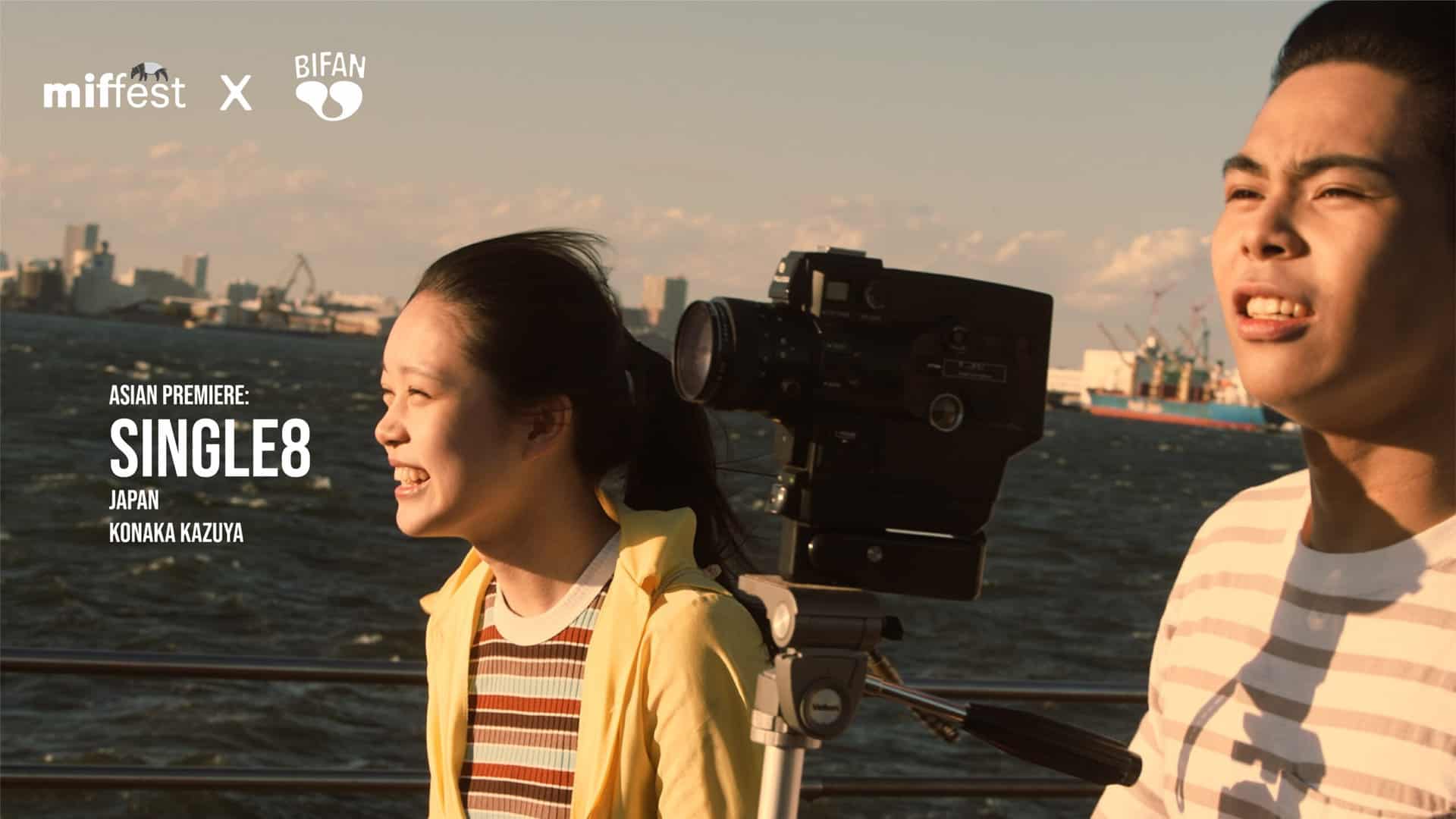
A coming-of-age story veiled as a love-letter to movie-making, ‘Single8′ wears it passions on its sleeve, following its cast as they mature from avid enthusiasts to storytellers in their own right. Director Kazuya Konaka, of whose teenage years the film is based on, captures their passions and determination with an inquisitive zeal, yearning for each new hurdle to reveal itself – whether it is the constraints of their diminutive budget or correcting the mirrored imagery resulting in shooting footage upside down – and be imaginatively solved as a growing collective. As Hiroshi's influences begin to dissolve into the background throughout the films runtime, his visionary ideas and that of his cohorts are given space to grow on their own, resulting in a witty, endearing, and inventive final piece with a message as poignant back in 1978 as it is today. (JC Cansdale-Cook)
22. Between Revolutions by Vlad Petri (Romania, Qatar, Iran, Croatia)
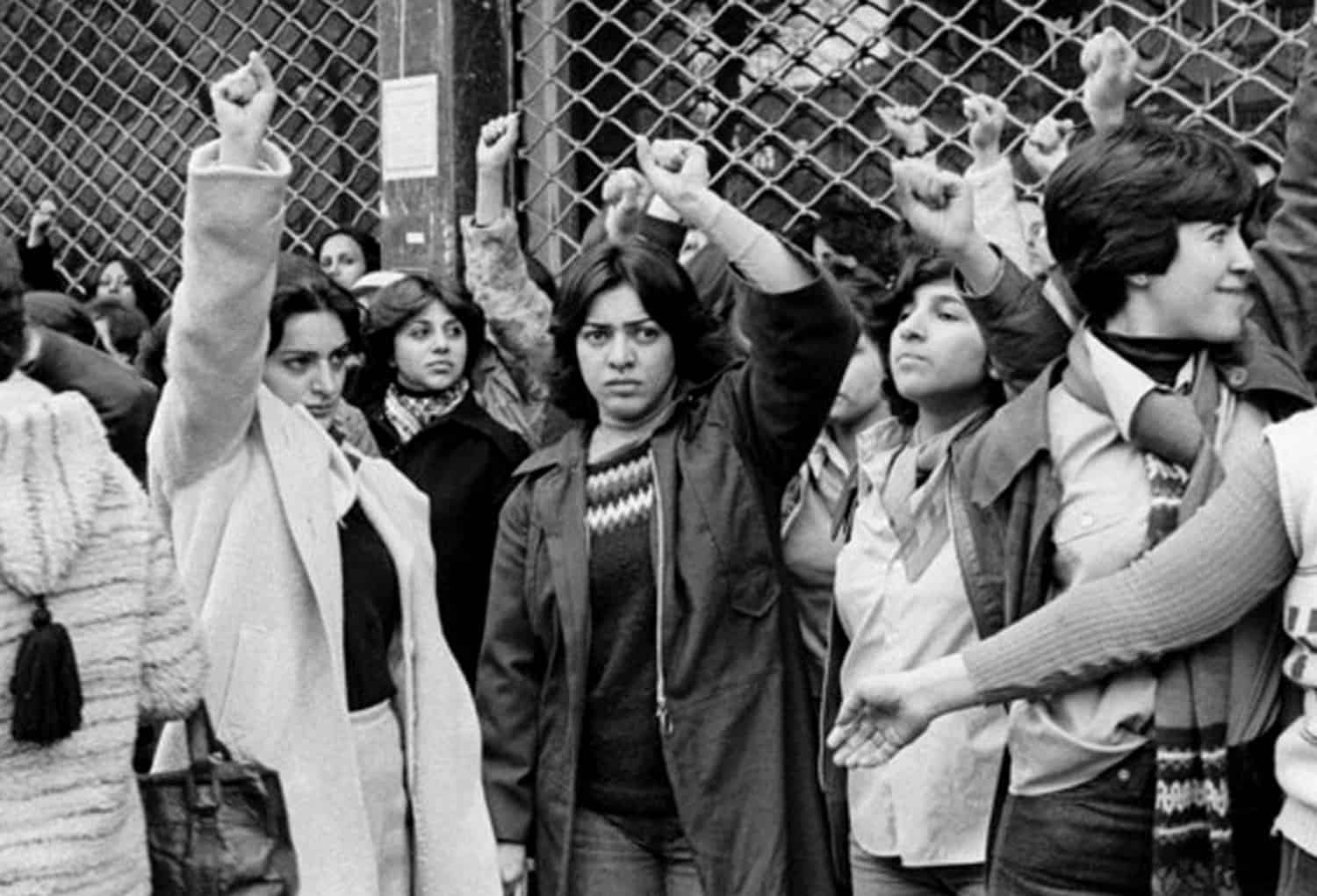
Two friends from studies, Maria and Zahra, their relationship and their experiences with involvement in two revolutions ten years apart (the Islamic revolution in Iran and the anti-communist one in Romania) stand in the cenre of Vlad Petri's documentary Between Revolutions. Well, »documentary« might be the problematic term, given that the characters are composites and the letters as the core narrative material are actually composed, taking the inspiration from the secret service archives. However, the filmmaker uses the rarely-seen archival material in a unique way and speaks the unpleasant truth in his impressive effort. (Marko Stojiljković)
21. Rapture (2023) by Dominic Sangma (India, China)

In that fashion, the connection between religion and demonology and how difficult it is to distinguish the two, particularly in areas as the one in focus, where Christianity and Shamanism seem to co-exist, is a rather central one, with the narrative essentially moving forward with it as its beginning. The way both the pastor and the shaman react and try to goad the people into specific directions highlights the fact, with the fear of the unknown and the subsequent racism towards any kind of outsiders seemingly deriving from the same source. Lastly, the violence that eventually ensues, seems inevitable considering all the aforementioned, as the frustration the local experience does not have any different way out. (Panos Kotzathanasis)


